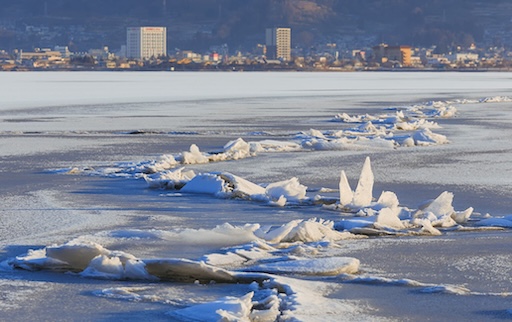
In the middle of a quiet Japanese winter, where steam rises from hot springs and snow softens every sound, something extraordinary happens on **Lake Suwa**. The ice begins to heave, crack, and rise—forming jagged, frozen ridges that stretch across the lake like ancient scars. Locals call it **Omiwatari**, the “Crossing of the Gods.”
It’s not just a natural phenomenon. It’s a message. A myth. A sacred sign that the gods of the Suwa Shrines have walked across the ice to visit each other. In a country where the spiritual and natural intertwine, this winter miracle is equal parts science and story.
The Legend Behind the Cracks
According to Shinto belief, the male god **Takeminakata-no-Kami** (who resides at Suwa Taisha’s Upper Shrine) walks across the frozen lake each winter to visit the female deity **Yasakatome-no-Kami** at the Lower Shrine. His journey leaves behind a jagged trail—ridges of cracked and raised ice that appear like footprints from another realm.
This phenomenon is so revered that a special religious ritual, called **Omiwatari no Shinji**, is performed each year to interpret the divine message hidden in the ice’s path. Priests examine the ridges to predict everything from weather patterns to agricultural fortunes for the coming year.

What’s Really Happening Beneath the Ice
From a scientific standpoint, Omiwatari occurs when frigid temperatures cause the lake to freeze solid—usually around **January or February**. As daytime temperatures fluctuate and pressure builds beneath the ice sheet, the frozen surface expands and cracks, pushing upward to create a spiny ridge that zigzags across the lake.
But even knowing the science doesn’t lessen the magic. The ridges are dramatic—often up to 30 cm (a foot) tall and several kilometers long. They rise silently in the night or with great cracking noises that echo like thunder across the valley. It’s easy to see why people believed gods were walking there.
Modern Rarity in a Warming World
Sadly, Omiwatari is becoming more rare. With climate change affecting snowfall and temperature patterns in Nagano, there have been several years recently where the lake didn’t freeze solid enough for the gods to cross. The last official Omiwatari was declared in **2018**—the first in five years.
Still, hope endures. Each winter, locals and travelers alike await the signs. Will the ice return? Will the gods cross again? The event has become a symbol of both tradition and resilience—a reminder that the natural world is full of mystery we still don’t fully understand.
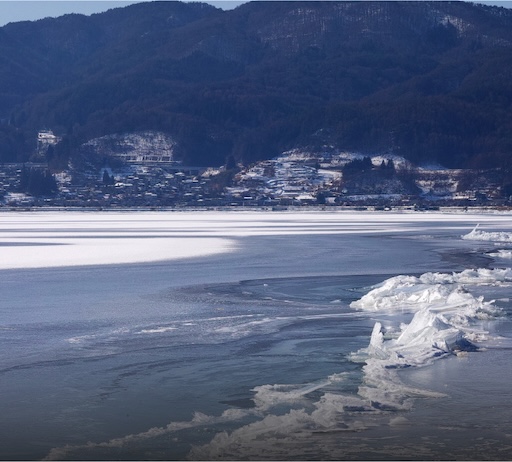
Visiting Lake Suwa
Lake Suwa is located in **Nagano Prefecture**, about two and a half hours from Tokyo by train. The best time to visit is mid-winter, when the lake is frozen, and the air is full of anticipation. Even if Omiwatari doesn’t appear, the lakeside area offers scenic beauty, **onsen (hot springs)**, and access to both Upper and Lower Suwa Shrines.
There’s also a small **Omiwatari Museum** nearby that documents past crossings with photos, stories, and the tools priests use during the ceremony. It's a tiny but powerful tribute to one of Japan’s most enigmatic natural wonders.
Why It Belongs on the List
In a country filled with bullet trains and robot cafés, the cracked ice of Lake Suwa is refreshingly timeless. It’s a phenomenon that doesn’t need neon signs or marketing hype—it just needs cold, silence, and belief.
Whether you see the ridges as geological wonders or divine footsteps, one thing is clear: Omiwatari is a bridge between worlds—the sacred and the scientific, the old gods and the new observers. And for a moment each winter, that bridge becomes very, very real.
Share this story and inspire others.
Tags: Lake Suwa, Omiwatari, Crossing of the Gods, Japan winter legend, Suwa Shrine, frozen lake phenomenon, Chasing Hidden Wonder
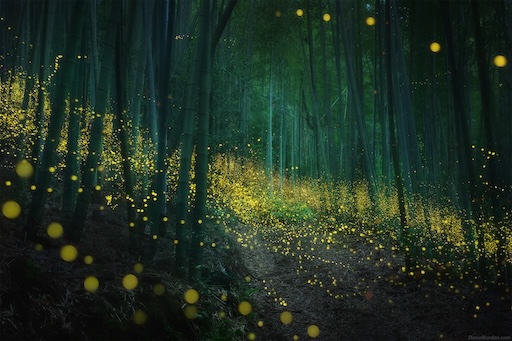 Firefly Phenomenon (Hotaru Season) – Magical Nights in Japan
Firefly Phenomenon (Hotaru Season) – Magical Nights in Japan
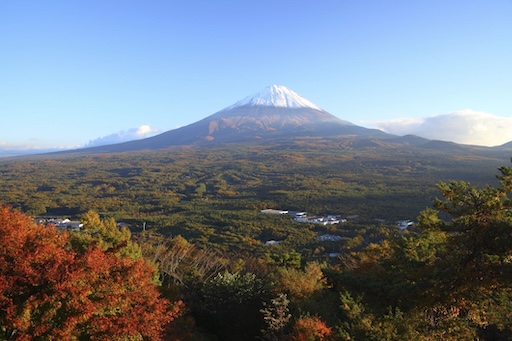 Aokigahara Forest – The Magnetic Silence of Mount Fuji’s Lava Woods
Aokigahara Forest – The Magnetic Silence of Mount Fuji’s Lava Woods
 The Sacred Corn Festivals – When Maize Becomes a God
The Sacred Corn Festivals – When Maize Becomes a God
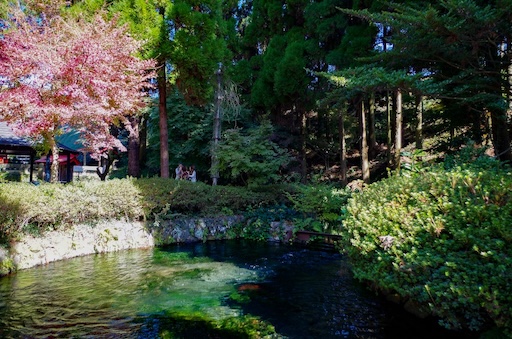 Shirakawa Suigen – Kumamoto
Shirakawa Suigen – Kumamoto
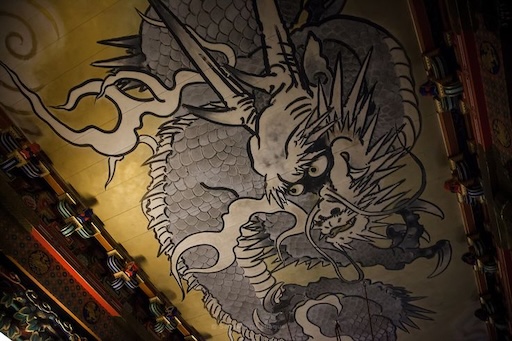 Nikko’s Crying Dragon – Tochigi
Nikko’s Crying Dragon – Tochigi
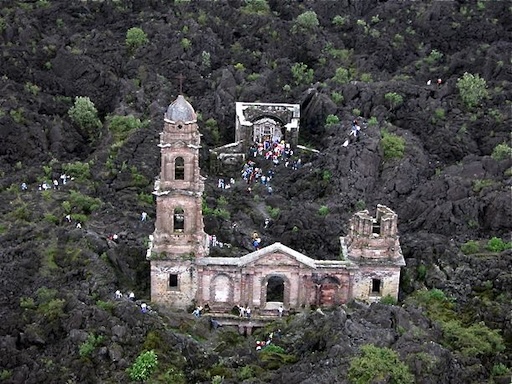 Paricutín Volcano – The Volcano That Was Born in a Cornfield
Paricutín Volcano – The Volcano That Was Born in a Cornfield
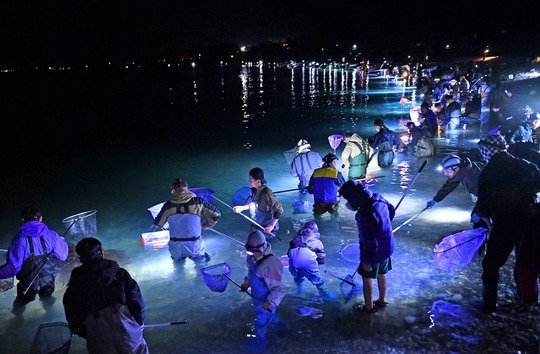 Bioluminescent Firefly Squid (Hotaru Ika) – Toyama Bay
Bioluminescent Firefly Squid (Hotaru Ika) – Toyama Bay